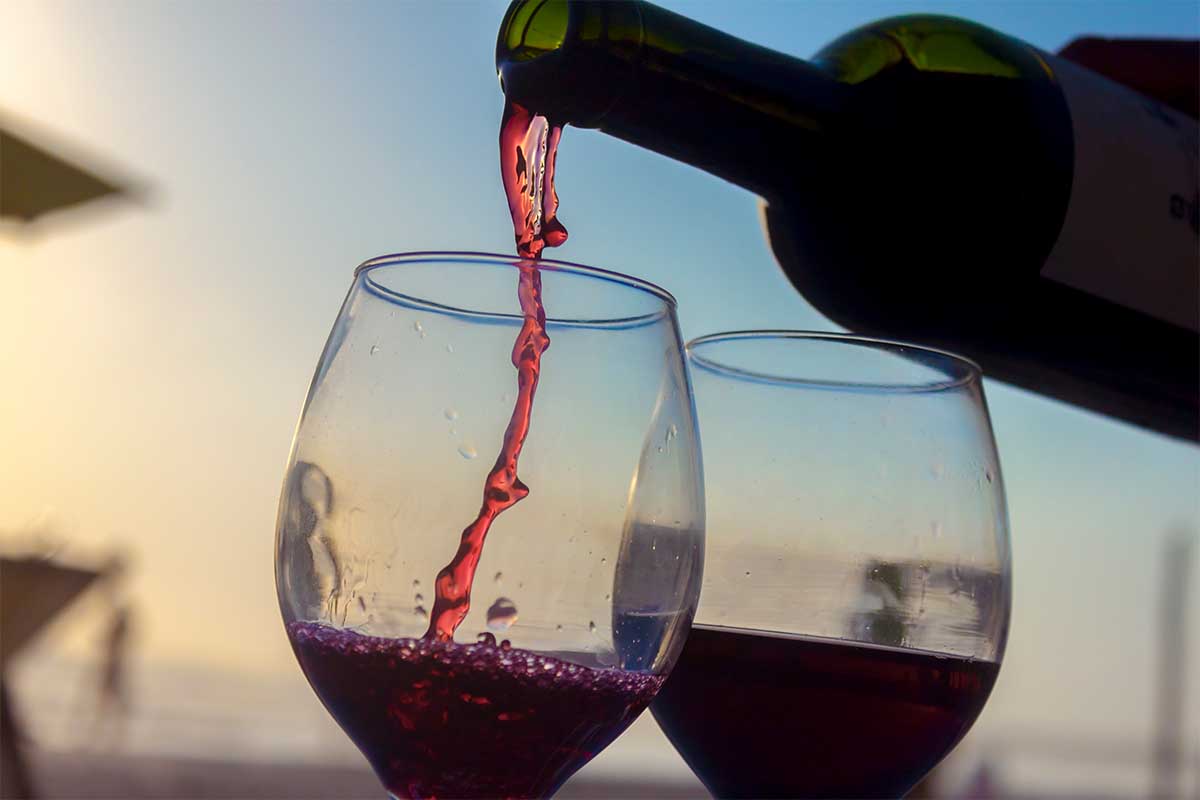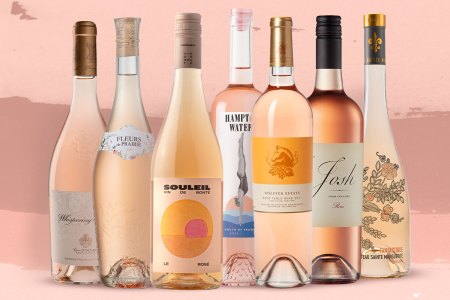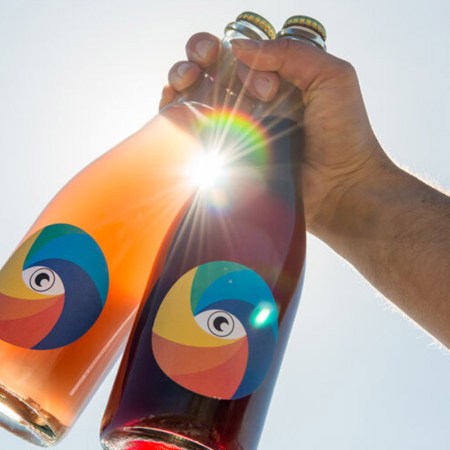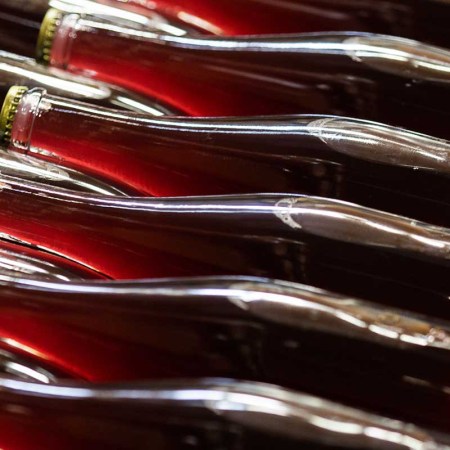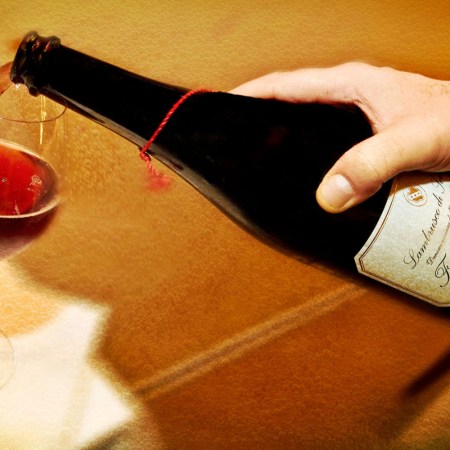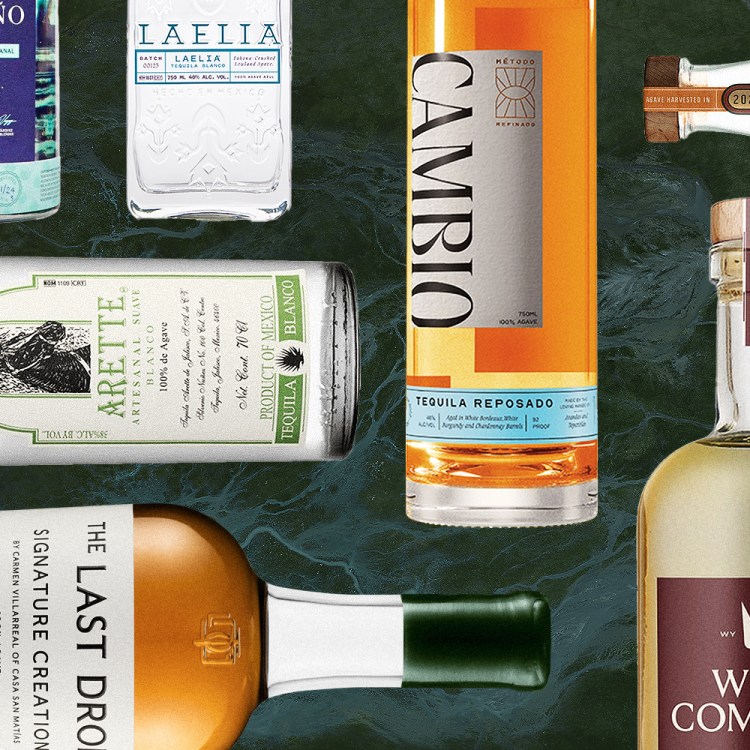There are certain drinks that are canonical in the summertime. Piña Coladas and other garnished-with-pineapple cocktails. Coronas. Icy, blush-pink rosés with flowers, angels or South of France chateaus on the label. But Drizly’s recently released annual consumer report unveiled something odd: this summer, respondents were more excited to drink red wine than rosé or white.
You might not think of red wine as a summer drink. On a hot, sweaty day, nothing sounds less quenching than a big glass of heavily-oaked California cabernet. Nevertheless, drinkers are reaching for pinot noir by the pool, mondeuse in the park and a chilly gamay at the barbecue. “People are choosing chilled red as their summer crush, foregoing the ‘rosé all day’ wines of the past and reaching for something with a little more body and bite,” says Gavin Ferrara, lead sommelier at Hawksmoor NYC.
“Chillable reds are becoming more and more trendy,” says hospitality and beverage consultant Jeffrey Porter, formerly of Del Posto. “Why? They pair with today’s lifestyle — people enjoying lighter meals, vegetarian fare and lower alcohol content wines.”
These findings are reflective of a larger vibe change in red wine. “Wine styles have been shifting — we’ve all seen that,” says Sarah Trubnick, the wine director and co-founder of The Barrel Room. “Lower-alcohol, lighter body, easier-drinking reds have been appearing on wine lists and shop shelves more frequently.”
The Best Summer Rosés to Quench Your Thirst This Season
We tried 15 of the most readily available bottles for your sipping pleasureWhat’s driving the shift? There are a number of factors at play, suggests Felicia Jefferson, the wine and service director at Washington’s The Duck & The Peach. The first is environmental. Temperatures around the globe are rising, causing winemakers to either pick earlier or plant vines higher into the hills. “Cool temperatures high in the mountains or picking before the heat of summer and fall take over helps retain acid and keeps the wines more chuggable,” she says.
Chilled reds are also more approachable than their bigger brethren. Reds from the historic California cabernet sauvignon producers and the iconic Bordeaux chateaus cost money. “Lighter, lower-alcohol reds with little or no oak typically cost far less than wines that are aged in oak (oak is spendy) or have to be rested in a barrel (time is spendy),” Jefferson adds. So kids these days are cracking open natty, funky, easy-going bottles of breezy reds — ones that don’t require you to pony up cash or learn the difference between Graves and Haut-Medoc.
“We’ve seen a huge rise of natural wine in the United States,” Jefferson says. “Pet-nats, piquettes and carbonic glou glou juices are the new unicorn wines. Natural and minimal intervention wines have become very popular, both for the philosophy they convey and the style they offer. These wines trend toward less extraction (lower tannin, lighter color) and do well with a slight chill.”
They’re also excellent at more quenching temperatures. “Nowadays, people are cottoning on to the fact that refreshment in wine is in direct correlation with its temperature,” says Peter Wassam, manager at Compline Wine Shop. “The colder the bottle, the more refreshing it is, whether, white, red, pink or orange. With fuller red wines in particular, a colder bottle can help diminish the impression of alcohol and richness. I say, give everything a chill!” His favorite warm-weather beach wine is nebbiolo. “People are usually shocked when I pull a Valtellina or Barbaresco out of the cooler instead of a rosé or Chablis,” he says, “I find red wines with lots of acid and sturdy structure, like nebbiolo, provide just as much refreshment as any crisp white wine.”
Morgan Calcote, general manager and beverage director of FIG in Charleston, lists off gamay from Beaujolais (or California or Oregon), grignolino from Piedmont, frappato from Sicily and trousseau and poulsard from Jura as summer favorites. “Reds from the Loire Valley are often tasty when served cooler,” she says. “Keep them in the fridge for when you want red wine but need a chill to cool you down.”
Here’s what else you should be sipping this season if you’re a red wine drinker:
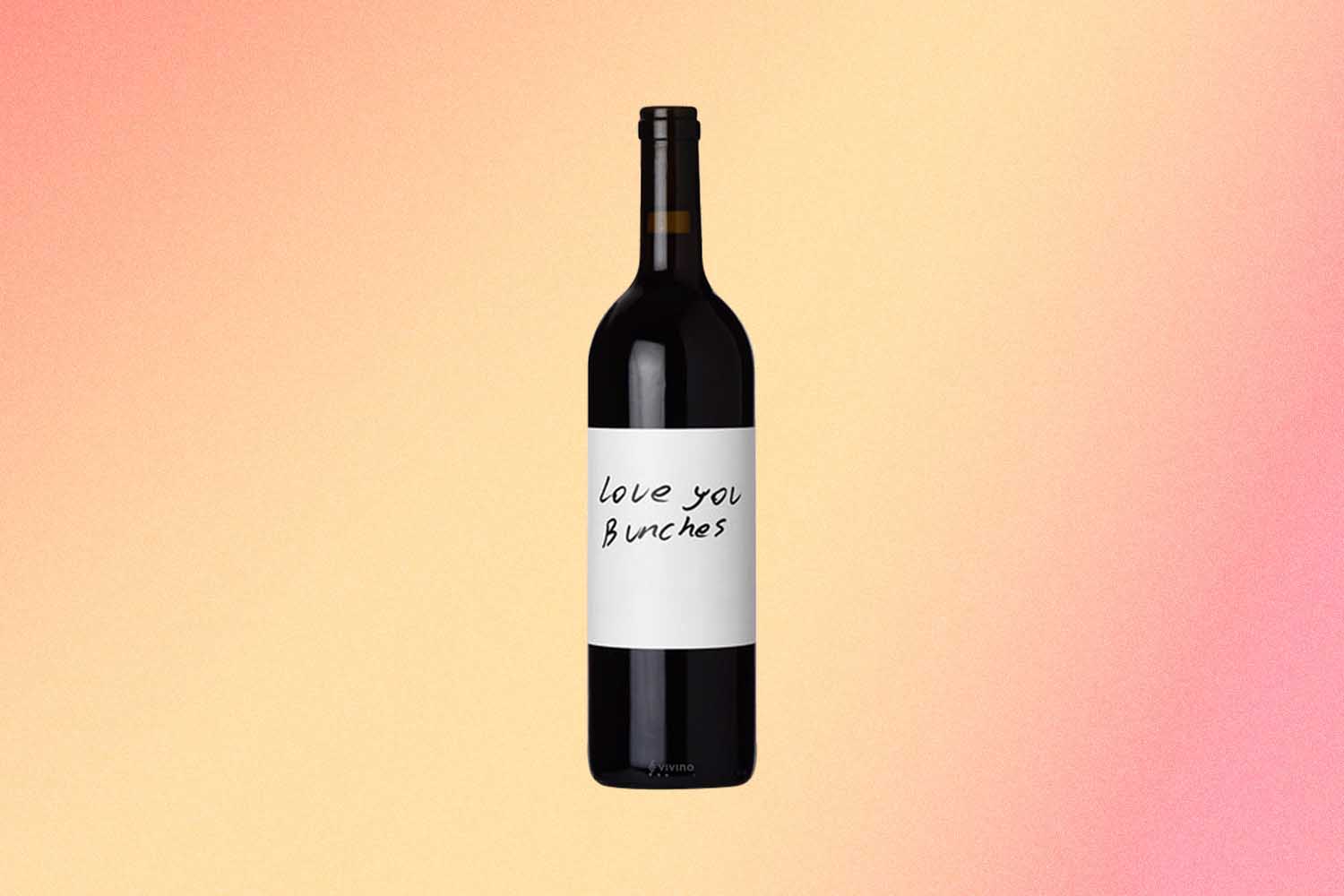
Stolpman Vineyards Love You Bunches
“One of my favorite summer reds is Stolpman Vineyards’ ‘Love You Bunches’ sangiovese, a carbonic maceration-style red out of Santa Barbara that checks all the boxes of what you want in a chilled red: light, fun and fruity but still nuanced and elegant,” says Seth Dunagan, wine director and assistant manager at Helen. ($19)
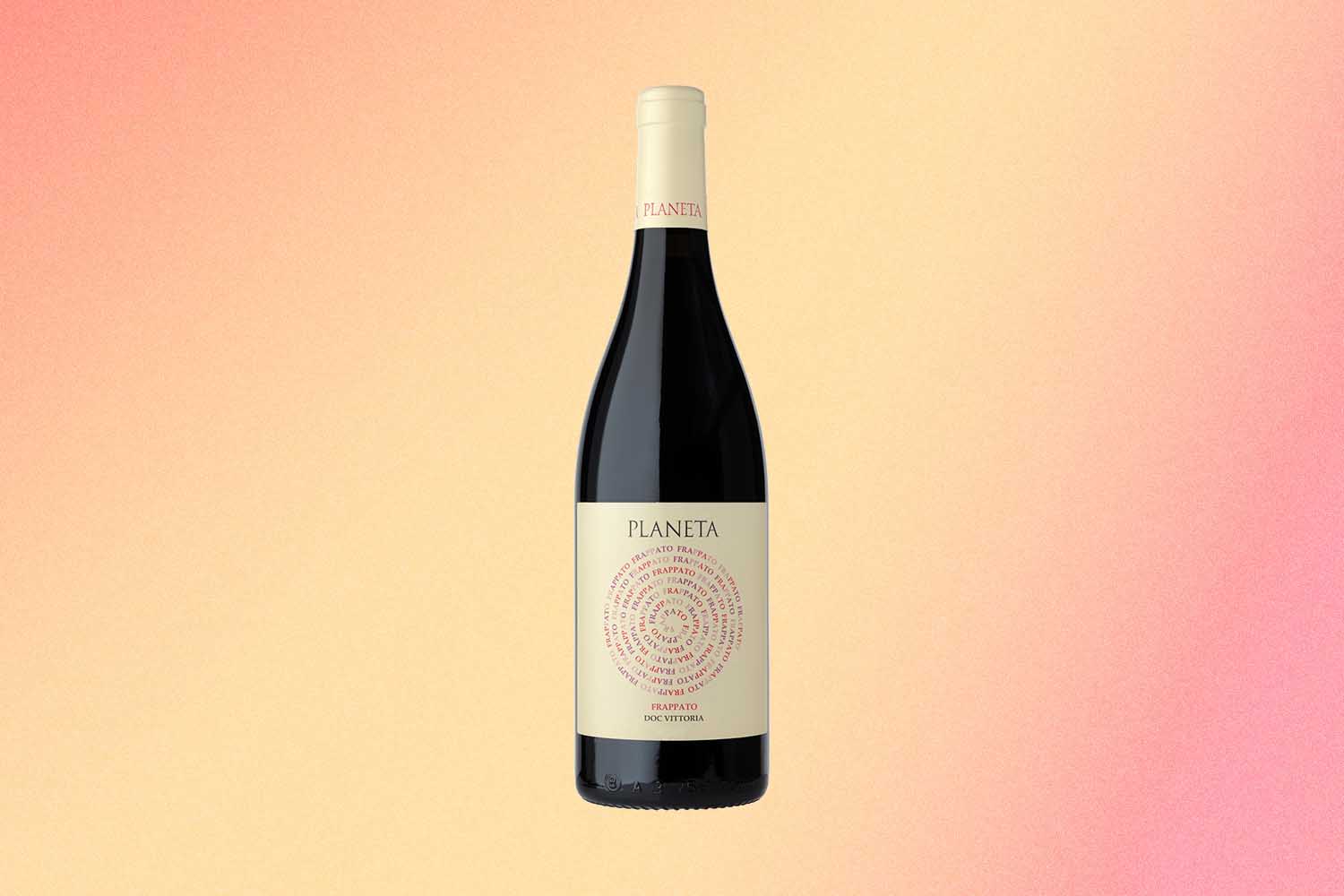
Planeta Frappato
“Sicilia DOC Planeta Frappato (one of the wineries featured in The White Lotus) is a great example of a delightful red that can be served cold,” Porter says. “Made from 100% frappato grapes, this is an organic wine produced close to the sea. On the nose, it exudes notes of roses, candied violets and an elegantly smokey tone, whereas on the palate it reveals intense, juicy fruit notes and balsamic hints with a salty finish.” ($18)
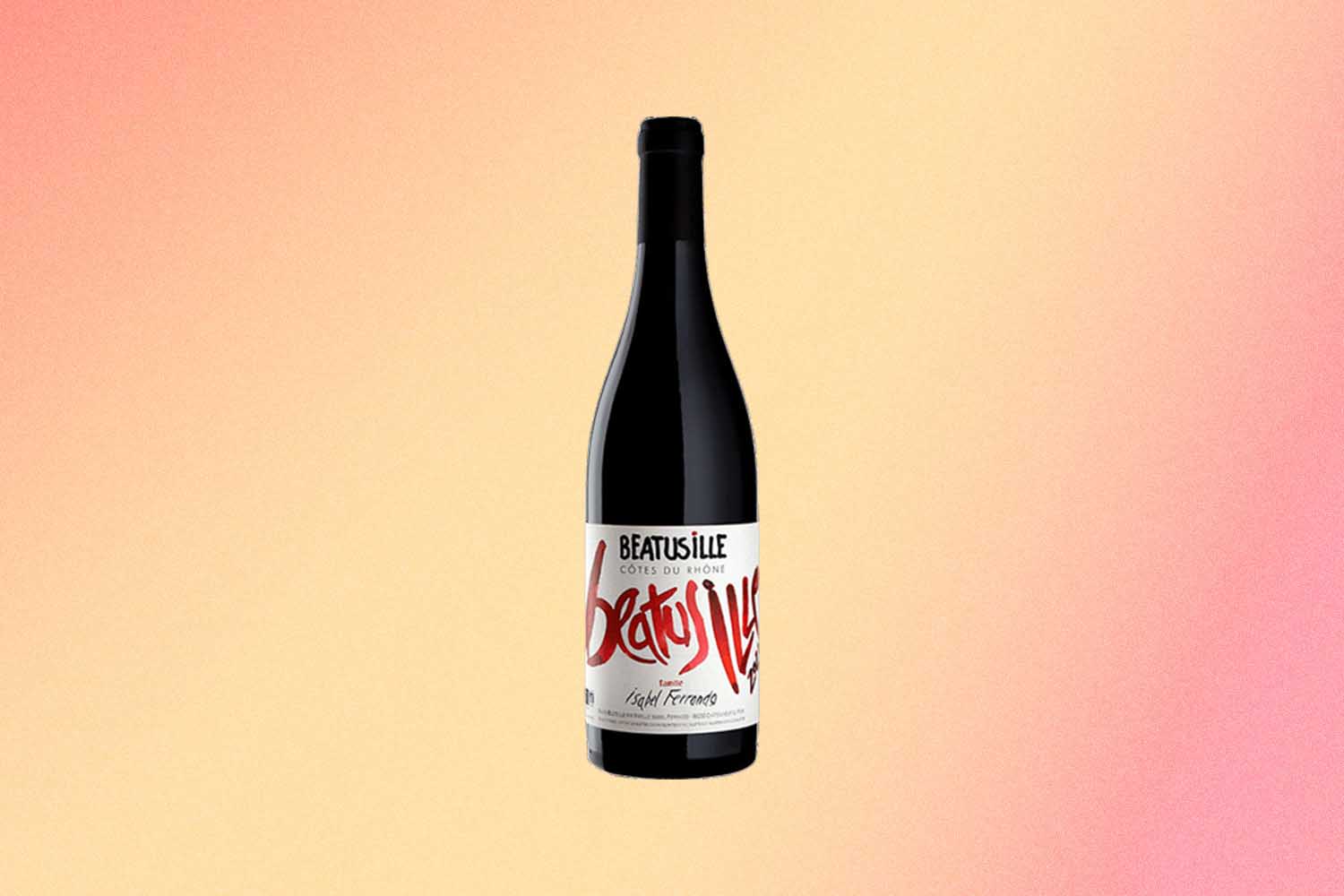
Isabel Ferrando ‘Beatus Ille’ Côtes du Rhône
“Whether you’re at a barbecue, summer wedding or just in the backyard perfecting your burger flipping, you want something with a little more body and tasty structure,” Ferrara says. “Isabel Ferrando’s grenache-based ‘Beautus Ille’ Côte du Rhone will satisfy that craving. It’s exceptional with a chill, with a beautiful bouquet of cherry and raspberry fruit and a close-knit background of lavender, rosemary and a little white pepper that pairs perfectly with what you’re cooking up in the heat this summer.” ($31)
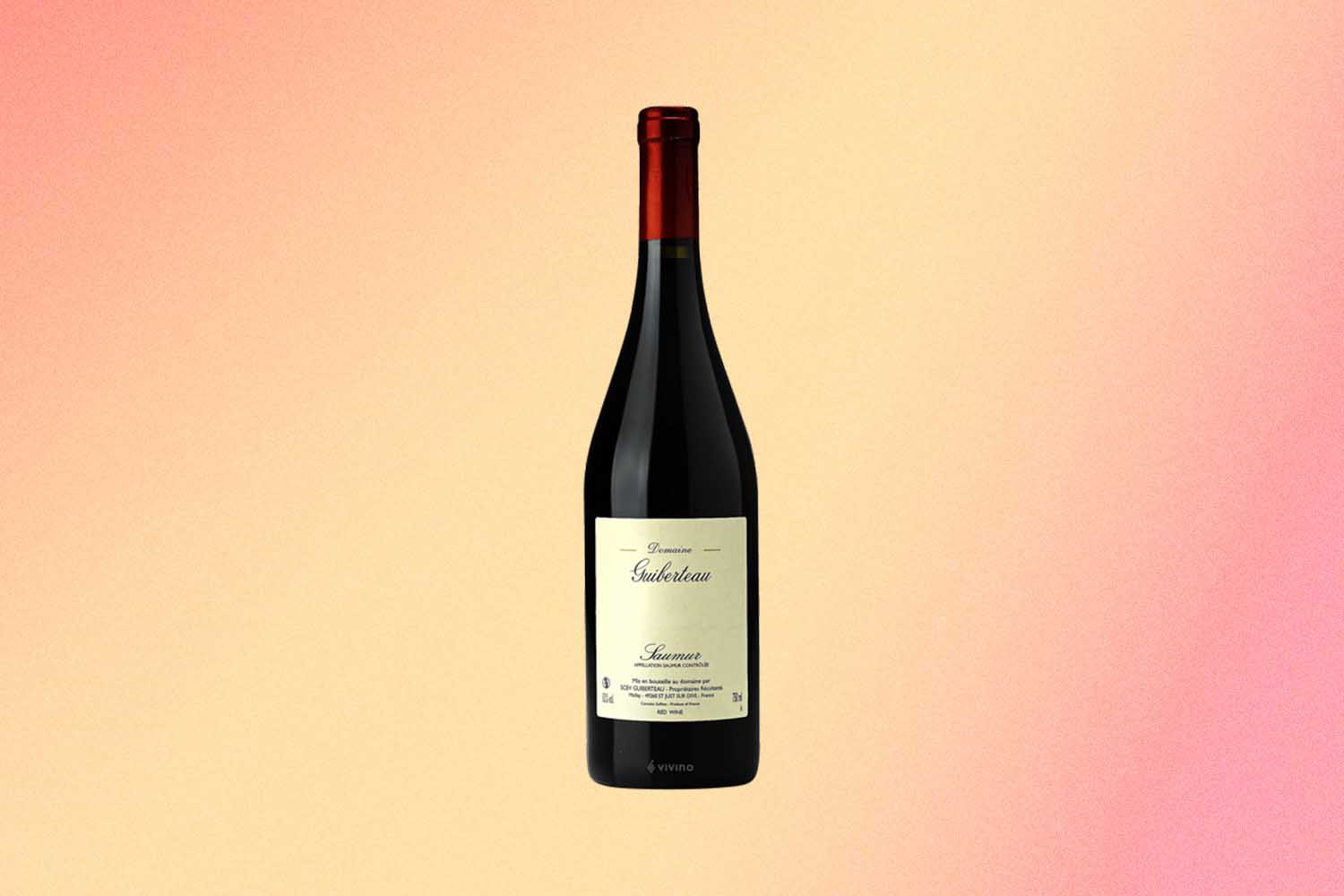
Domaine Guiberteau Saumur Rouge
“Cabernet franc is usually consumed in blends with cabernet sauvignon and merlot from other parts of the world (for example, Bordeaux and Napa), which gives people the impression of being full bodied and brooding,” says Joseph Lapi, wine director of RPM Restaurants in Chicago. “But look to the Loire Valley: the climate is cooler and the grapes are harvested earlier to maintain their lively acidity, resulting in a wine with much less body and alcohol. With or without a slight chill, the wine’s fruity and herbaceous notes make it an extreme thirst quencher on a hot day.” ($40)
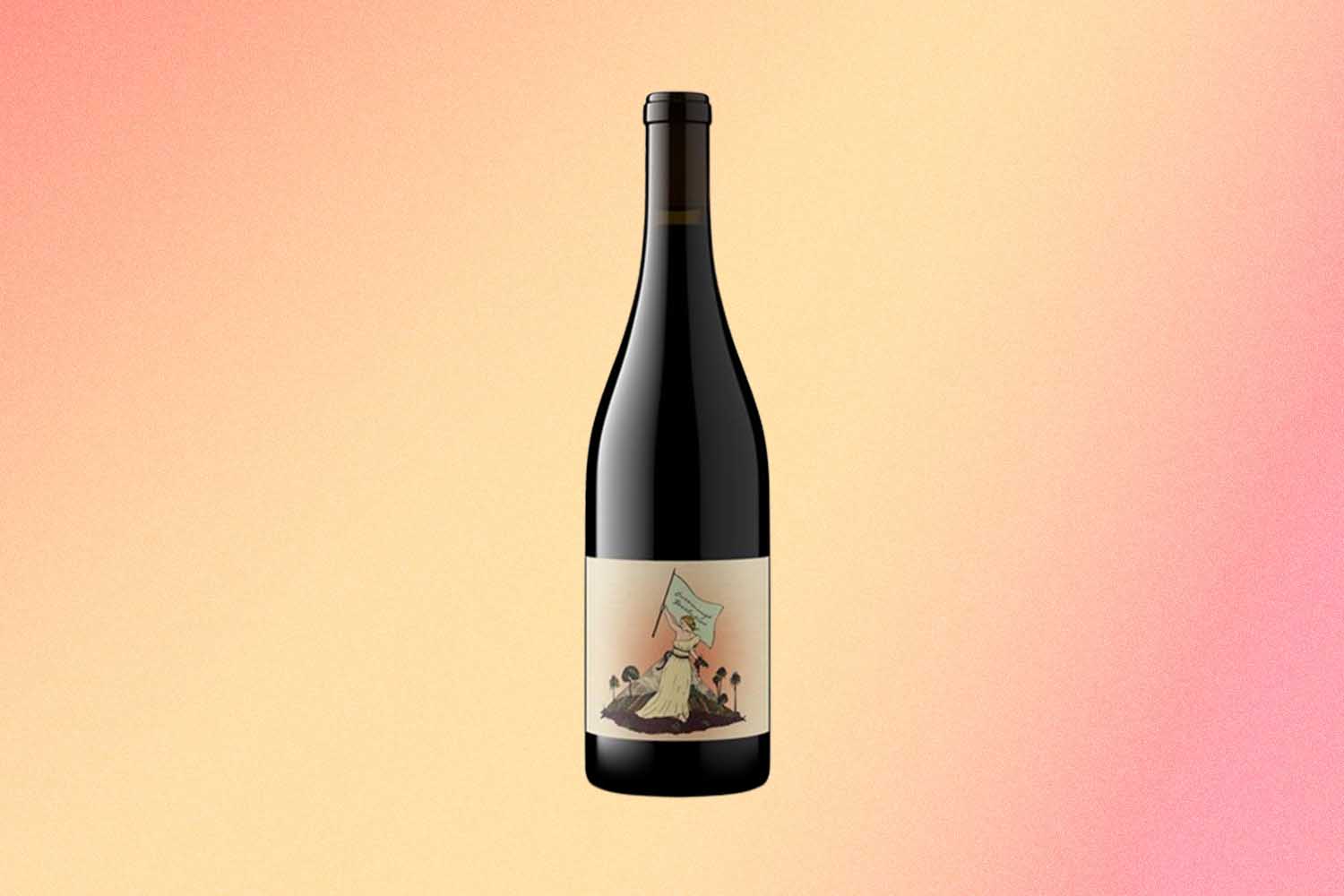
The Scythian Wine Co. ‘Revolution’
This isn’t one of the syrupy zinfandels that gave you a hangover in the early aughts. “The Scythian Wine Co. ‘Revolution’ is a new collaboration between Abe Schoener and Rajat Parr that blends zinfandel and palomino from very old vines in Cucamonga Valley, Los Angeles,” says Bethany Heinze, co-owner of Vern’s. “It’s a deeply berry-forward zin with that little bite of white pepper, plus a touch of salty freshness from the palomino.” ($33)
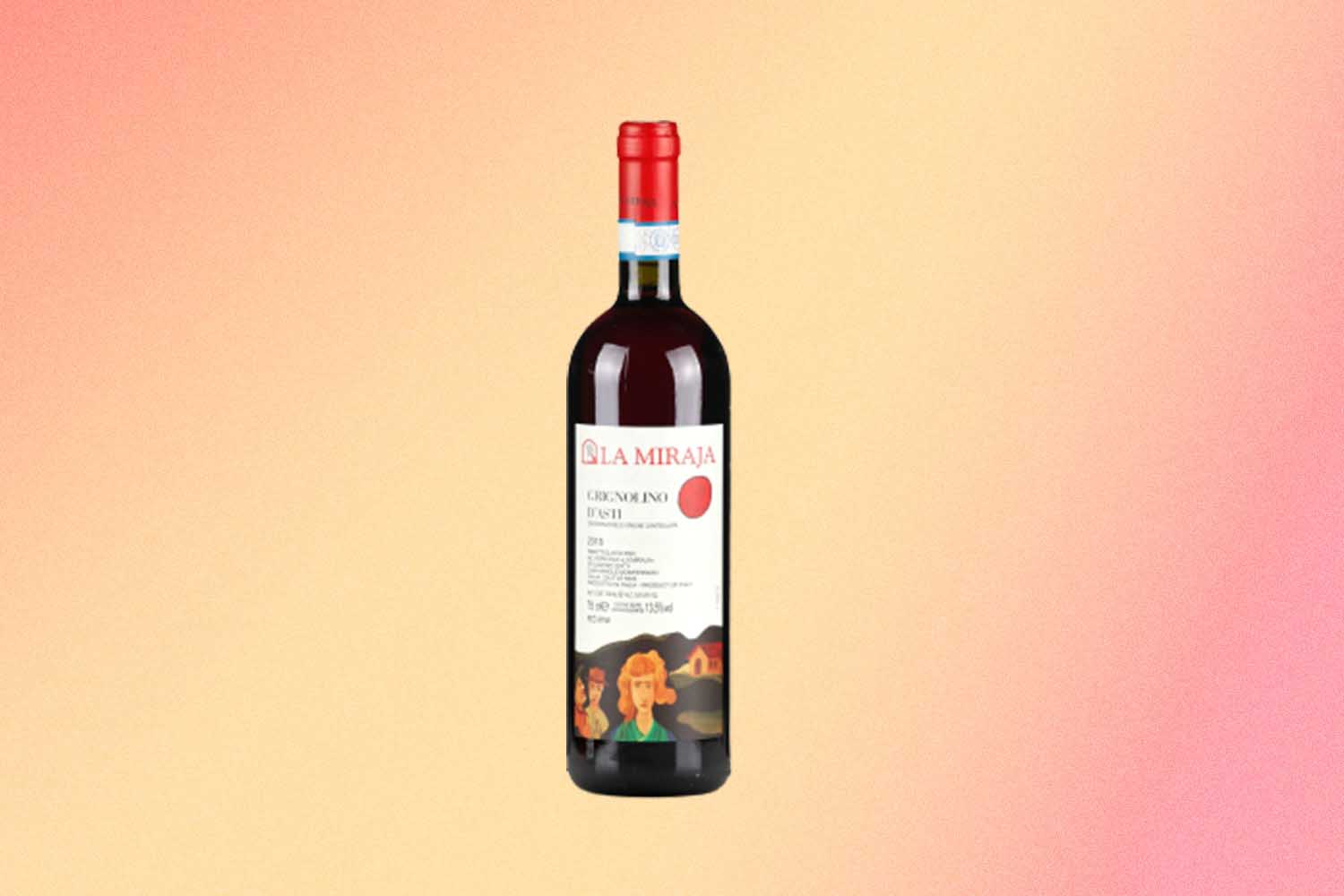
La Miraja Grignolino d’Asti
“Made from 100% grignolino — an ancient variety native to the Monferrato Hills of Piedmont — by Eugino Gatti in his 11th-century armory-turned-cellar, this bottle flaunts delicate, bright red fruit with radiant acidity and a hint of stony minerality,” says Megan Mina, beverage director of The Restaurant at Zero George. Expect grignolinos to be light, cheerful and rust-colored with a lovely orange rind quality. ($33)
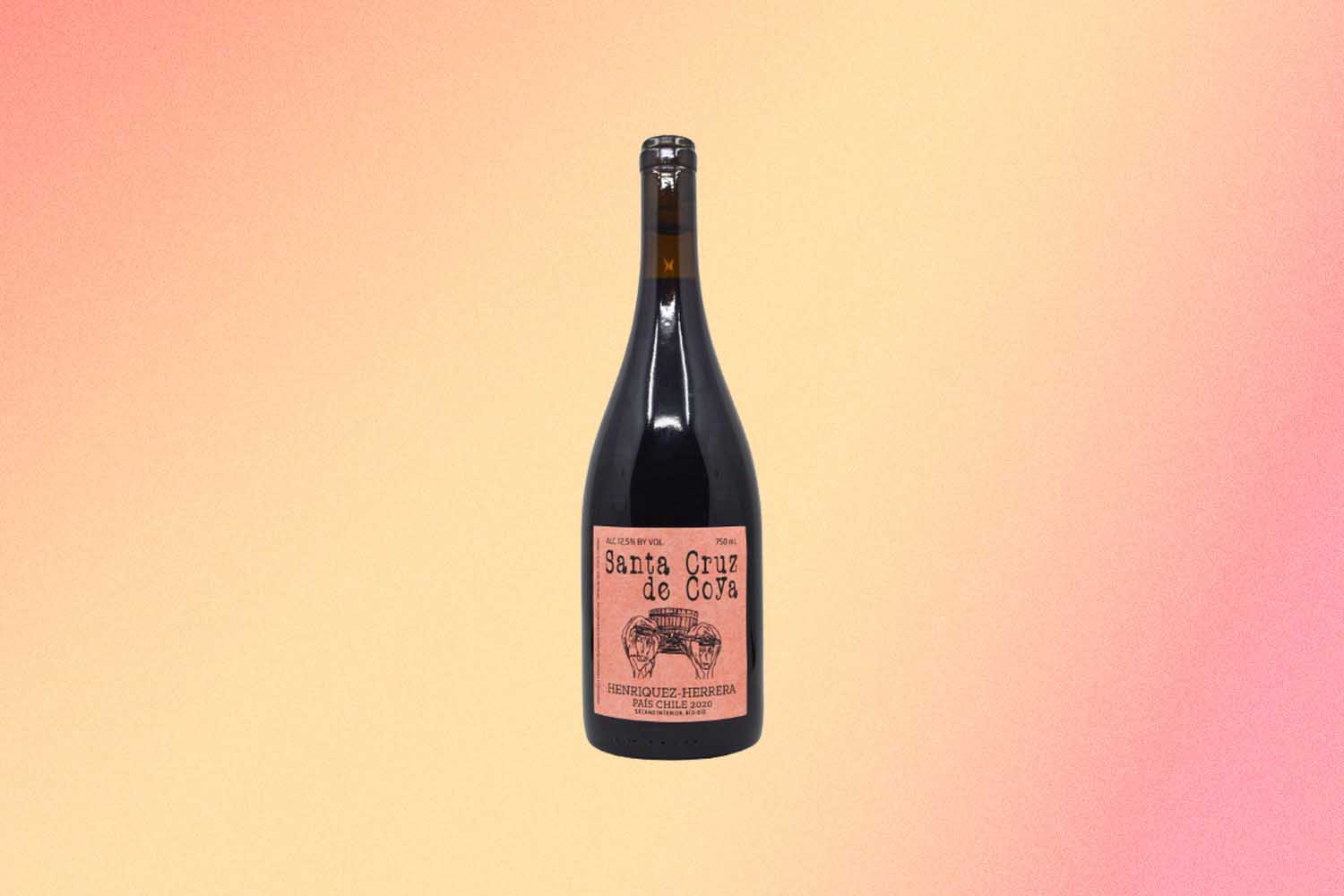
Roberto Henriquez Pais
“We should all be drinking pais in the summertime,” says Alex Cuper, a sommelier at El Che Steakhouse & Bar in Chicago. “It is one of, if not the, oldest grape brought from the old world to the new world in the mid-1500s. Also known as mission in California, pais was originally planted so the explorers could make altar wine — it produces a high yield, grows quickly and it’s resilient in all climates. This bottle has really nice fruit and acidity but also grippy tannins that are great with food, though it’s still highly drinkable on its own.” ($34)
Every Thursday, our resident experts see to it that you’re up to date on the latest from the world of drinks. Trend reports, bottle reviews, cocktail recipes and more. Sign up for THE SPILL now.
